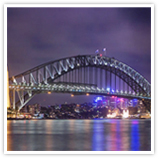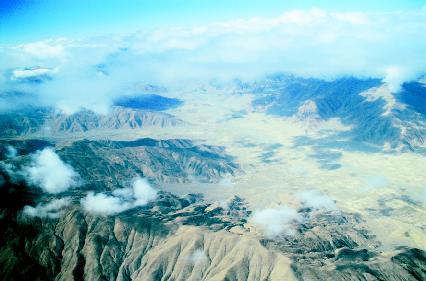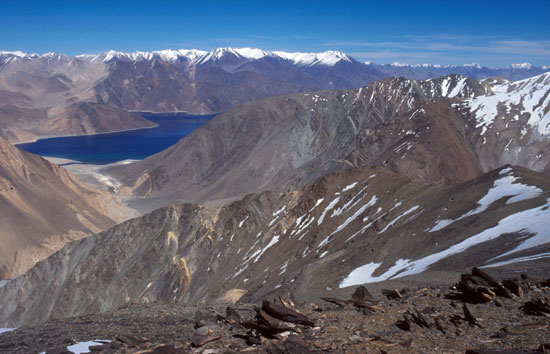


The Tibetan Plateau , also known as the Qinghai-Tibetan (Qingzang) Plateau is a vast, elevated plateau in Central Asia. The Tibetan Plateau is surrounded by large mountain ranges. The plateau is bordered to the northwest by the Kunlun Range which separates it from the Tarim Basin, and to the northeast by the Qilian Range which separates the plateau from the Hexi Corridor and Gobi Desert. Near the south the plateau is transected by the Yarlung Tsangpo River valley which flows along the base of the Himalayas, and by the vast Indo-Gangetic Plain. To the east and southeast the plateau gives way to the forested gorge and ridge geography of the mountainous headwaters of the Salween, Mekong, and Yangtze rivers in western Sichuan (the Hengduan Mountains) and southwest Qinghai. In the west it is embraced by the curve of the rugged Karakoram range of northern Kashmir.
It has been empirically shown to be the most remote place on Earth. The Tibetan plateau has been an important strategic area throughout Chinese history. NASA satellite image of the southern area of Tibetan Plateau
The plateau is a high-altitude arid steppe interspersed with mountain ranges and large brackish lakes. Annual precipitation ranges from 100 mm to 300 mm and falls mainly as hailstorms. The southern and eastern edges of the steppe have grasslands which can sustainably support populations of nomadic herdsmen, although frost occurs for six months of the year. Permafrost occurs over extensive parts of the plateau.
It has been empirically shown to be the most remote place on Earth. The Tibetan plateau has been an important strategic area throughout Chinese history. NASA satellite image of the southern area of Tibetan Plateau
The plateau is a high-altitude arid steppe interspersed with mountain ranges and large brackish lakes. Annual precipitation ranges from 100 mm to 300 mm and falls mainly as hailstorms. The southern and eastern edges of the steppe have grasslands which can sustainably support populations of nomadic herdsmen, although frost occurs for six months of the year. Permafrost occurs over extensive parts of the plateau.

No comments:
Post a Comment